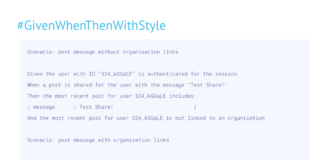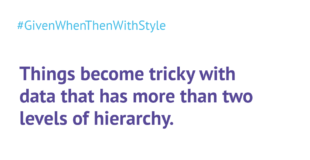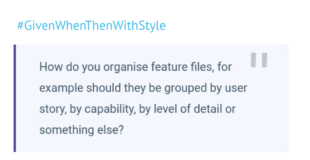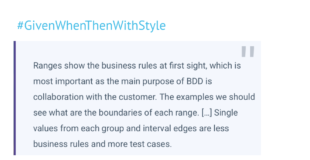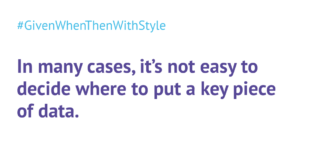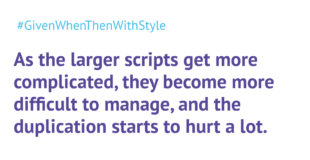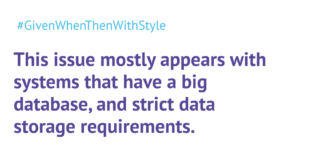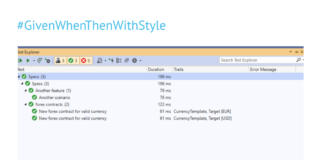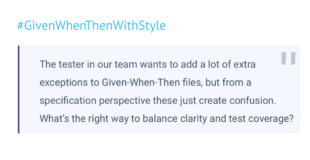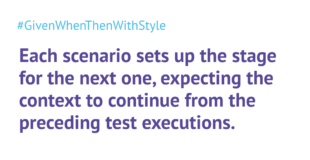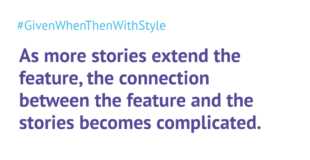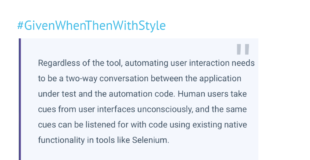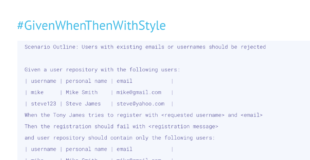Learn Given-When-Then
Given-When-Then with style
The Challenge by Gojko Adzic
A learning challenge, helping you to get the most out of Given-When-Then feature files.
Why this article series has been created
Given-When-Then is an easy format to get started with, but most people never move beyond the basics. This series has been created to upskill you beyond the basics.
Each challenge is designed to tackle a specific Gherkin-related topic; therefore, we have broken them down into smaller categories so you can read the ones more relevant to you.


